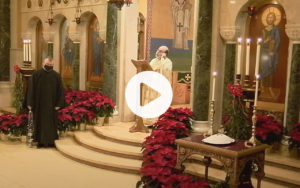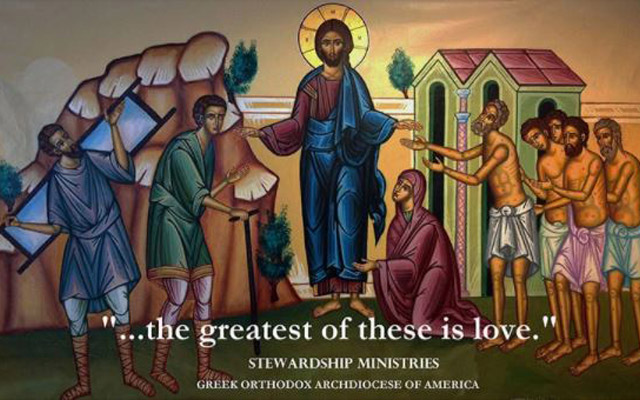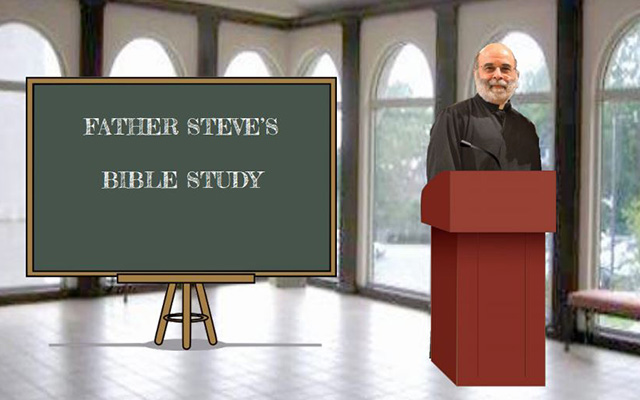ΧΡΙΣΤΟΣ ΑΝΕΣΤΗ! CHRIST IS RISEN! The Fourth Tuesday of Pascha: The Imposition of Paradise
Sermon preached by Fr. Antony Hughes on Sunday, September 1, 2013 Luke 4:16-22 The Lord’s first sermon was, repent for the kingdom of heaven is at hand, meaning, repent of the belief that the kingdom is not at hand. Jesus reveals the kingdom’s presence already in the world. He, his preaching and his signs make this abundantly clear. The kingdom is present in the suffering of the world and in its healing. All things, including our suffering,






